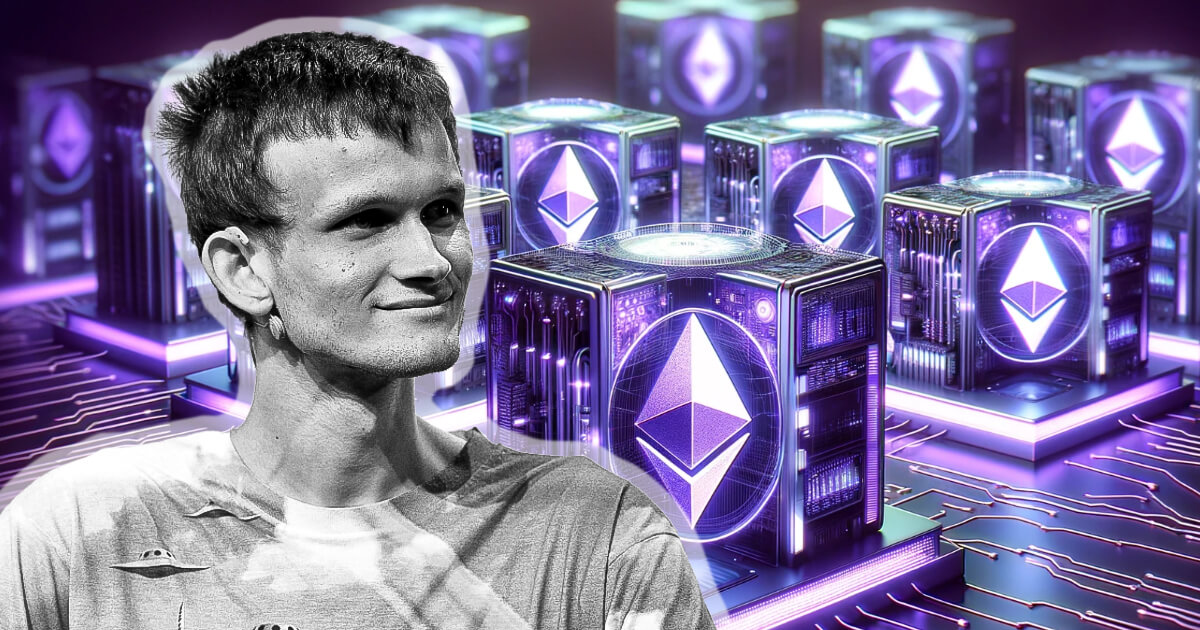
[ad_1]

Ethereum co-founder Vitalik Buterin launched a brand new idea for the blockchain platform referred to as an “enshrined Zero-Data Ethereum Digital Machine (ZK-EVM) in a Dec. 13 weblog submit.
The proposal’s principal purpose is to considerably enhance the effectivity and safety of Ethereum’s Layer-2 protocols, together with optimistic and ZK rollups.
Addressing challenges in Layer-2 protocols
Buterin’s proposal arises from a must streamline the present Layer-2 options on Ethereum. These protocols, very important for Ethereum’s scalability, rely closely on EVM verification, which at the moment includes counting on a big, doubtlessly susceptible codebase.
Moreover, ZK-EVMs, designed to imitate the Layer-1 EVM, face the problem of maintaining with adjustments in the principle Ethereum protocol, resulting in redundant efforts and elevated danger of safety flaws.
The answer proposed by Buterin includes embedding a ZK-EVM straight inside the Ethereum community. This inside ZK-EVM would undertake the duty of verifying Layer-1 Ethereum blocks, thereby providing a extra environment friendly and safe method.
As Ethereum advances, significantly with the event of sunshine shoppers utilizing ZK-SNARKs, the idea of a local ZK-EVM turns into more and more sensible and interesting.
Core features of the proposed ZK-EVM
Buterin envisions the ZK-EVM to focus primarily on verifying Ethereum blocks by processing inputs like a pre-state root, a block, and a post-state root.
This could make sure the integrity of the post-state root as a real end result of block execution. The proposal additionally aligns with Ethereum’s multi-client philosophy, supporting the usage of various proving methods and emphasizing the significance of knowledge availability and auditability.
Implementing a ZK-EVM, as described by Buterin, presents a number of design challenges and trade-offs. Important properties embody:
- Compatibility and Adaptability: The system needs to be versatile sufficient to assist varied proving methods, reflecting Ethereum’s dedication to a multi-client surroundings.
- Guaranteeing Information Availability: Important for enabling verification by totally different shoppers.
- Emphasizing Auditability and Upgradeability: Permitting for straightforward inspection and fast resolutions to any points with out requiring laborious forks.
- Supporting Improvements in ‘Nearly-EVMs’: Allowing Layer-2 options to increase and innovate upon customary EVM functionalities.
An important a part of Buterin’s dialogue revolves round selecting between an open multi-client system, the place proofs are verified externally, and a closed system with predetermined proof methods. Buterin advocates for an obtainable system for its flexibility and compatibility with Ethereum’s foundational rules regardless of its larger complexity.
Buterin emphasizes that velocity is crucial for ZK-EVM implementations. With technological developments in parallelization and {hardware} acceleration, the purpose is to scale back proof technology time, permitting for near-instantaneous processing.
[ad_2]
Supply hyperlink